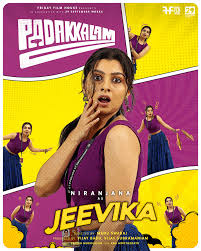Understanding Padakkalam: The Traditional Art of Combat

Introduction to Padakkalam
Padakkalam, also known as the traditional martial arts of Kerala, holds a significant place in the cultural landscape of India. This ancient art form is not just a means of self-defense but also an integral part of festivals and rituals in Kerala. With the rising interest in traditional martial arts, Padakkalam is gaining recognition both nationally and internationally.
Historical Background
The roots of Padakkalam can be traced back centuries, where it was practiced by warriors and was an essential part of training. Traditionally, it encompassed various forms of combat techniques and strategies. Historical texts indicate that Padakkalam was not solely about physical strength; it emphasized mental discipline and spiritual growth.
Key Characteristics
Padakkalam is often characterized by its rhythmic movements, elaborate footwork, and the use of traditional weapons. Combatants engage in sparring sessions that resemble a dance, showcasing both precision and artistry. The training incorporates not only techniques and forms but also philosophy and ethics, reflecting the martial art’s rich heritage.
Current Developments and Popularity
In recent years, there has been a resurgence of interest in Padakkalam, largely due to cultural revival movements and increased awareness of traditional practices. Many schools and institutions are now offering training in Padakkalam, promoting both physical fitness and cultural heritage among the younger generation. Various competitions are being organized, creating a sense of community and continuity in learning this ancient art.
Conclusion
The significance of Padakkalam extends beyond physical agility; it is a cultural emblem that showcases the resilience of Kerala’s traditions. As it continues to evolve, the art form presents an opportunity for individuals to connect with their heritage while fostering a sense of discipline and wellness. With ongoing efforts to popularize Padakkalam, it is poised to attract enthusiasts, ensuring that this traditional martial art remains a lasting legacy for future generations.









